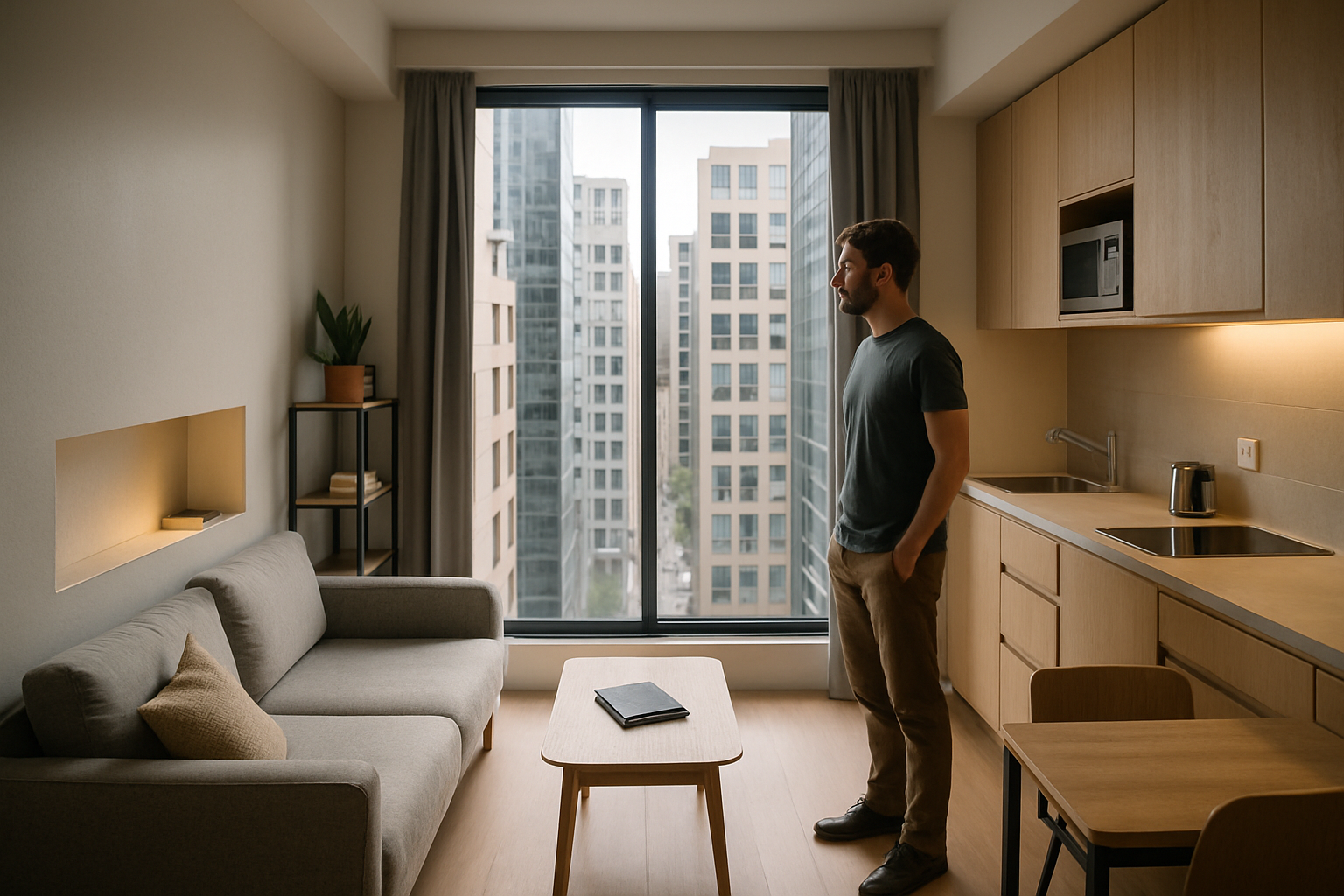Acoustic Textiles: The Silent Revolution in Home Design
Imagine walking into a room where the very walls seem to absorb sound, creating an oasis of tranquility. This isn't science fiction—it's the cutting-edge world of acoustic textiles. These innovative fabrics are reshaping our living spaces, blending form and function in ways previously unimagined. Let's dive into the fascinating realm where textile art meets acoustic engineering, transforming homes into harmonious retreats.

The history of acoustic textiles dates back to the mid-20th century, with early experiments in industrial settings. However, it’s only in recent years that they’ve made their way into residential design, driven by a growing demand for peaceful living environments in our increasingly noisy world.
From Walls to Furnishings: Applications in Home Design
Acoustic textiles are incredibly versatile, finding applications throughout the home. Wall coverings are perhaps the most obvious use, with large panels of sound-absorbing fabric transforming rooms into acoustic havens. But innovative designers are pushing boundaries, incorporating these textiles into curtains, room dividers, and even furniture upholstery.
One particularly exciting trend is the use of acoustic ceiling baffles—suspended fabric panels that not only absorb sound but also create striking visual interest overhead. These can be especially effective in homes with high ceilings or open floor plans, where sound tends to reverberate.
The Art of Acoustic Design: Balancing Aesthetics and Functionality
The beauty of acoustic textiles lies in their dual nature as both functional elements and design statements. Today’s acoustic fabrics come in a wide range of colors, textures, and patterns, allowing homeowners to express their style while improving their living environment.
Designers are embracing this duality, creating stunning acoustic installations that double as art pieces. Imagine a living room wall adorned with a tapestry-like acoustic panel, its intricate design concealing its sound-absorbing properties. Or picture a bedroom with a headboard crafted from plush acoustic fabric, muffling external noise for a better night’s sleep.
Beyond Noise Reduction: The Holistic Benefits of Acoustic Textiles
While the primary function of acoustic textiles is sound absorption, their benefits extend far beyond noise reduction. These fabrics can significantly improve the overall quality of life within a home. By creating a more peaceful environment, they can reduce stress levels and promote better concentration—a boon for those working or studying from home.
Moreover, acoustic textiles can enhance the energy efficiency of a space. Their insulating properties help regulate temperature, potentially leading to lower heating and cooling costs. This dual functionality makes them an attractive option for environmentally conscious homeowners looking to reduce their carbon footprint.
The Future Sounds Good: Innovations on the Horizon
As acoustic textile technology continues to evolve, we’re seeing exciting innovations that promise to revolutionize home design even further. One area of development is smart acoustic textiles—fabrics embedded with sensors that can adapt their sound-absorbing properties based on the noise levels in a room.
Another promising frontier is the integration of acoustic textiles with other smart home technologies. Imagine curtains that not only absorb sound but also automatically adjust to control light levels or sync with your home’s climate control system.
Embracing the Quiet Revolution
Acoustic textiles represent a quiet revolution in home design, offering a perfect blend of functionality and aesthetics. As our homes continue to serve multiple purposes—from workspaces to relaxation havens—the importance of creating acoustically balanced environments will only grow.
For homeowners and designers alike, acoustic textiles offer an exciting opportunity to reimagine living spaces. Whether it’s through a statement wall panel, innovative furniture designs, or subtle ceiling treatments, these fabrics allow us to shape not just the look of our homes, but how they sound and feel.
As we move forward, the integration of acoustic textiles in home design is likely to become more seamless and sophisticated. The future of home interiors is not just about what we see, but also about creating harmonious environments that cater to all our senses. In this quiet revolution, acoustic textiles are leading the way, one beautifully absorbed sound wave at a time.





